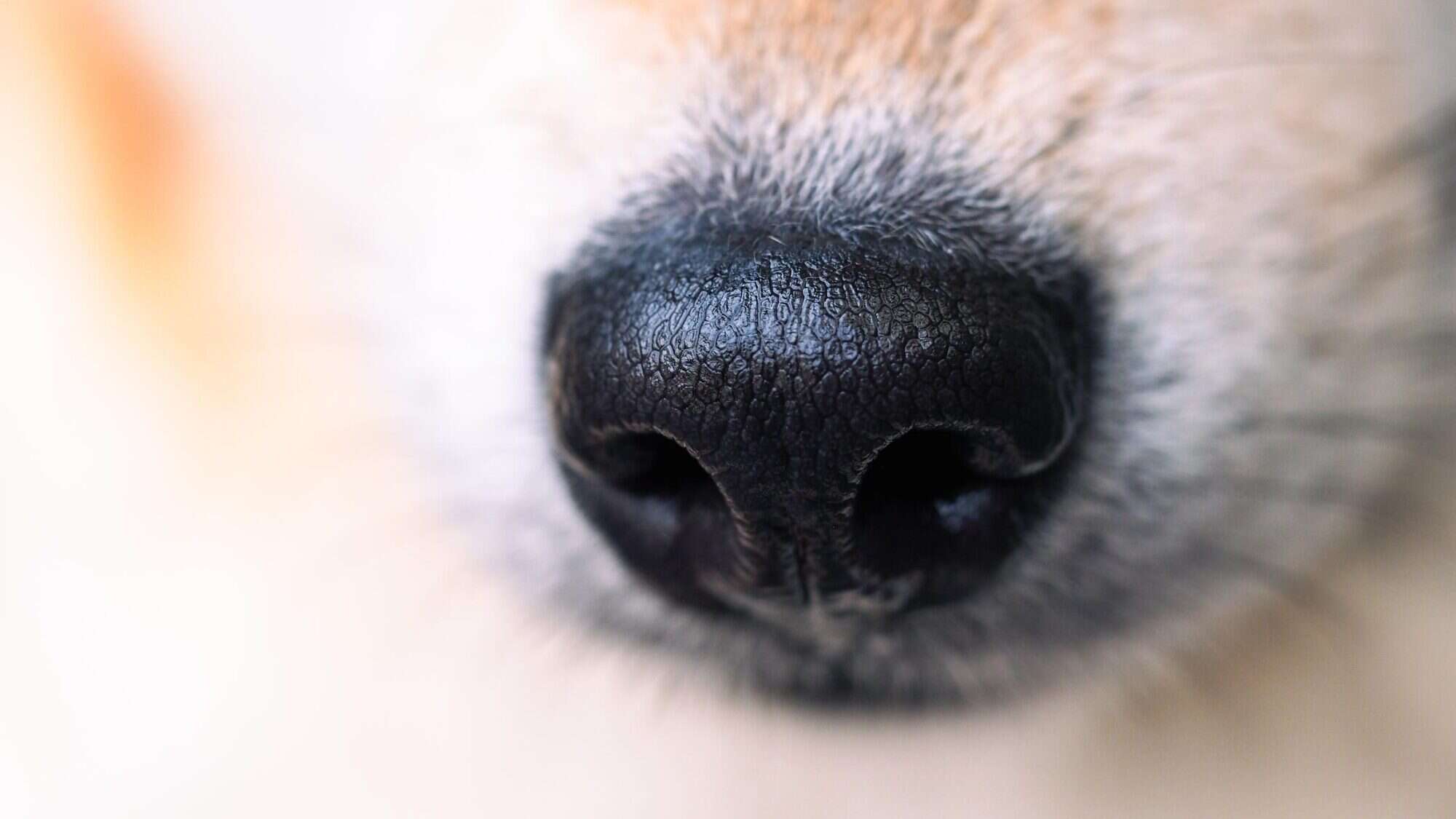Why Are Dog Noses Wet?

At Cherry Creek Veterinary Hospital, we love all the quirky little things that make your dog, well, your dog. From tail-chasing shenanigans to the way they stare lovingly (and maybe a little hungrily) at your dinner, dogs are full of mysteries. But one of the greatest canine curiosities of all? That delightfully damp nose. So, what’s the deal with wet dog noses? Let’s sniff out the science behind this adorable trait.
The Function of a Wet Nose
A wet nose isn’t just for booping—although it’s great for that, too. It plays an important role in your dog’s health and daily life, including:
- Enhanced sense of smell: Dogs rely on their noses to make sense of the world, and moisture helps them do just that. A wet surface captures scent particles more effectively than a dry one.
- Cooling mechanism: Unlike humans, dogs don’t have sweat glands all over their bodies. Instead, they rely on areas like their paw pads and noses. The moisture on a dog’s nose, along with perspiration from those small glands, helps regulate body temperature.
- Health indicator: While every pup is different, a consistently dry nose can occasionally point to dehydration, sunburn, or illness. (Don’t worry—there are plenty of normal reasons for a dry nose, too. More on that below!)
A wet nose, in short, is a multitasking marvel. It helps your dog stay cool, catch scents, and signal that everything’s okay.
What Makes a Dog’s Nose Wet?
Your dog’s nose doesn’t stay moist all by itself. It’s actually a team effort from different sources. Here’s a closer look at the reasons behind the moisture:
- Nasal secretions: The tissue inside a dog’s nose produces a thin layer of mucus. This isn’t the kind of mucus that comes with a cold—it’s a slick, clear coating that helps absorb scent chemicals from the air.
- Licking behavior: Dogs frequently lick their noses, which spreads saliva across the surface. This helps keep it clean, moist, and functioning at full sniffing capacity.
- Environmental moisture: Your dog’s nose can also pick up a little extra dew from water bowls, puddles, or grass during walks and playtime.
Each source plays a unique role in keeping your dog’s nose in tip-top shape—and a bit shiny.
When a Dry Nose Might Be a Concern
A dry nose doesn’t always mean something is wrong. Like humans, dogs experience changes in moisture levels depending on activity, environment, and even time of day.
Some normal causes of a dry nose include:
- Napping or sleeping: Dogs often wake up with drier noses since they’re not licking them while snoozing.
- Warm or dry air: Heated indoor spaces or sun exposure can temporarily dry out a dog’s nose.
- Aging: Older dogs may naturally have drier noses due to changes in skin texture and moisture levels.
However, a dry, cracked, or crusty nose that lasts more than a day or two—especially if it’s accompanied by other symptoms like lethargy or loss of appetite—might be worth a vet visit. Persistent dryness can indicate dehydration, allergies, or even an underlying condition.
Should You Be Concerned About Excessive Wetness?
Believe it or not, some dogs have too much nose moisture. While that cool, damp nose is totally normal most of the time, excessive discharge (especially if it’s thick, yellow, or green) could be a sign of:
- Allergies or irritants
- Infection or inflammation
- Nasal blockages
- Dental issues
If your dog’s nose starts to drip more than usual or if it comes with sneezing, coughing, or unusual behavior, give us a call.
The Nose Knows!
At Cherry Creek Veterinary Hospital, we’re all about keeping your pup’s sniffer healthy and happy. Our veterinarians and staff know how much you adore your furry friend—wet nose and all—and we’re here to help with any questions you have about their health, behavior, or nose-related quirks.
If you’ve noticed changes in your dog’s nose or just want to make sure everything’s in great shape, give our friendly team a call at (916) 349-2755 to schedule an appointment. We’re here to make sure your pet stays healthy from nose to tail!
